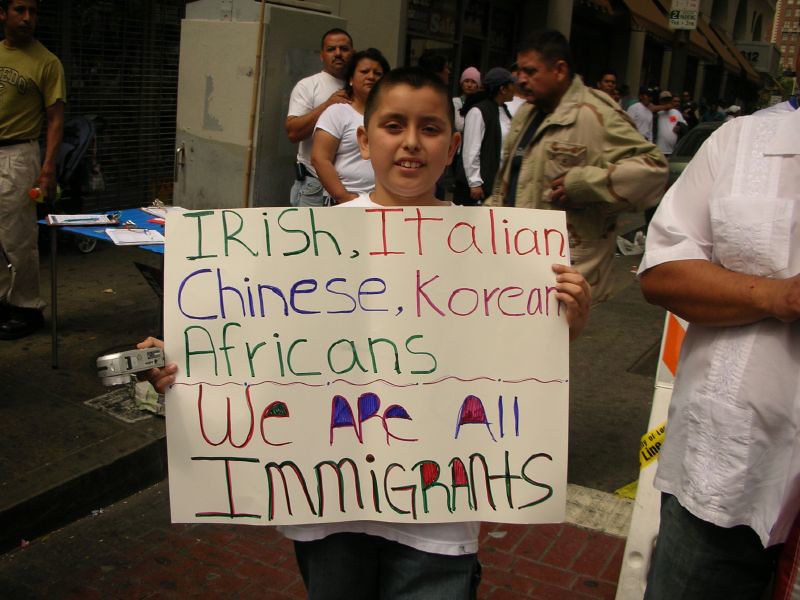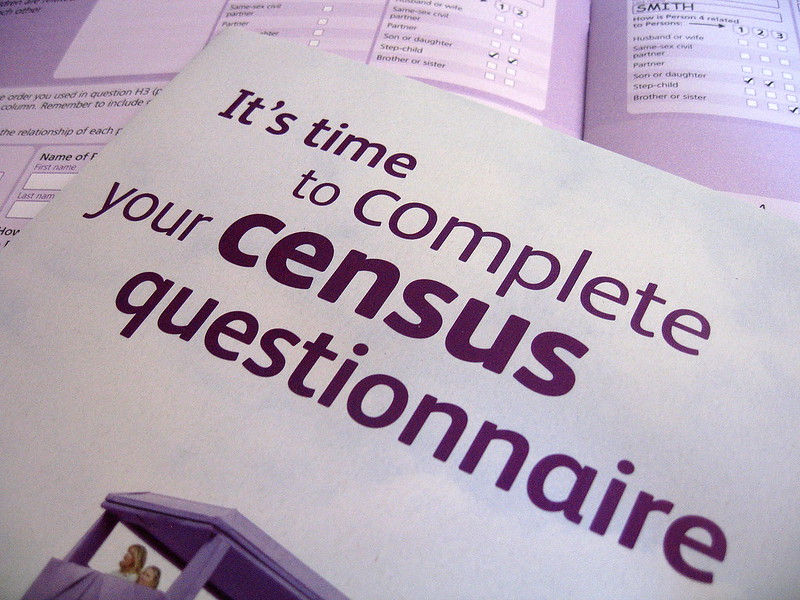
In 2018, the Trump administration attempted to “reinstate” a citizenship question on the 2020 census. Critics argued this was a partisan move intended to draw congressional power by suppressing participation of unauthorized immigrants, and as a result, shifting the number of House Representatives appointed in each State. While the American Community Survey (ACS) does collect citizenship data from a subset of the U.S. population on an ongoing, annual basis, this directive would have been the first time since 1950 that everyone in the U.S. would be asked a citizenship question on the census.
The change would largely impact Democratic states by discouraging participation of unauthorized communities and shifting representation and federal funding away from populous urban areas—as a majority of the U.S.’s unauthorized immigrants reside within 20 metropolitan areas.
However, following multiple legal challenges, Trump’s citizenship question was eventually blocked in 2019 by the Supreme Court in a 5-4 ruling, concluding the administration’s justification was “contrived” and lacking adequate rationale for their action. After, evidence surfaced suggesting the citizenship question was explicitly devised to benefit white Republicans.
Presidential Memo Excluding Unauthorized Immigrants in Congressional Reapportion
In the administration’s latest attempt to influence the 2020 census and redefine who gets counted, a presidential memo signed on July 21, acts to selectively exclude unauthorized immigrants from being counted in congressional reapportion—weaponizing the census in a way that would only impact the allocation of congressional seats, but maintain distribution of federal funding.
This would be the first time since 1790 (when the U.S. census began) that non-citizens are excluded from official population counts used to apportion House seats. The Migration Policy Institute estimates this move could impact roughly 11.3 million unauthorized immigrants residing in the United States.

Four states—Nebraska, Iowa, South Carolina and South Dakota—recently even offered the Trump administration access to state driver’s license information to aid in determining citizenship status of every U.S. resident.
The 2020 Census Bureau criteria for defining U.S. residence consist of every person living in the U.S. (excluding temporary foreign tourists and business travelers)—while the Constitution more broadly requires that once every ten years, the “whole number of persons in each state” is counted for redistribution of House seats.
In 1982, the Supreme Court ruled in Plyler v. Doe that protections of the 14th Amendment also apply to unauthorized immigrants—considered “persons” under the Constitution, regardless of their legal status.
The House Oversight Committee responded to Trump’s directive by calling for an emergency hearing on Wednesday, July 29—requesting testimony from Secretary of Commerce Wilbur Ross, who previously testified under oath that adding the citizenship question to the 2020 census had nothing to do with how unauthorized immigrants are counted for reapportionment. Secretary Ross did not attend the emergency hearing on Wednesday.
House Committee Chairwoman Carolyn B. Maloney questioned four former census directors who testified under oath the president’s memo excluding unauthorized immigrants from apportionment seemed to “violate existing federal law and historically enduring views of the Constitution.”
Current U.S. Census Bureau director, Steven Dillingham, testified he was unaware of the president’s decision prior to its announcement—denying the Census Bureau played any role in planning the directive. In addition, Rep. Grace Meng (D-N.Y.) introduced the “No Funds for Apportionment Exclusion Act” to block any use of federal funds for the president’s plan.
Trump’s Action Faces Legal Challenges
Trump is already facing multiple lawsuits over this directive.
A lawsuit filed last week, by 20 states and other jurisdictions, is contesting the administration’s exclusion of unauthorized immigrants, arguing courts have consistently ruled that allocation of Representatives includes noncitizens as “whole persons” regardless of their legal status. Government watchdog group Common Cause, Lawyers for Civil Rights Boston and the American Civil Liberties Union also filed suits.
Aside from the legality of ascertaining citizenship status, a fundamentally flawed element with this plan is there is no precise method for distinguishing unauthorized immigrants from census data—which could lead to consequential errors in redistricting.
The 2019 Supreme Court ruling, which blocked the Trump administration from asking a citizenship question on the 2020 census, has made it impossible for the government at this point to accurately determine who is unauthorized. In fact, the Supreme Court previously overruled plans by the federal government in 1999 to use statistical population estimates for important functions, such as deciding apportionment and allocating federal funds.
Marginalized alongside unauthorized immigrants, a recent report from the Migration Policy Institute estimates up to 20 million U.S. citizens could be inaccurately excluded through calculation errors. These inaccuracies will have disproportionate impacts on low-income and rural communities by heightening their undercount—as a result, diminishing their voting influence, compared to wealthier areas.
Is the Damage Already Done?
The real question we are faced with following this latest presidential directive: Has the damage already been done?

While the ideological debate over inclusion of unauthorized immigrants in congressional reapportionment continues, fear, confusion and distrust may already be derailing efforts to promote full participation. And the implications ripple outward through mixed-status families, who often hesitate to interact with the government for fear of putting their unauthorized family members at risk of deportation.
Ultimately, this recent presidential order appears to confirm: Trump’s goal is to maintain power through more favorable redistricting—and unauthorized immigrants make easy targets for a base rich with nationalist sentiments.
Despite the fact that the order will most likely be overruled in court, many unauthorized immigrants and mixed-status families maybe too fearful to participate in the census—which in the end will achieve the GOP’s aim of exclusion, regardless of the judicial outcome.





